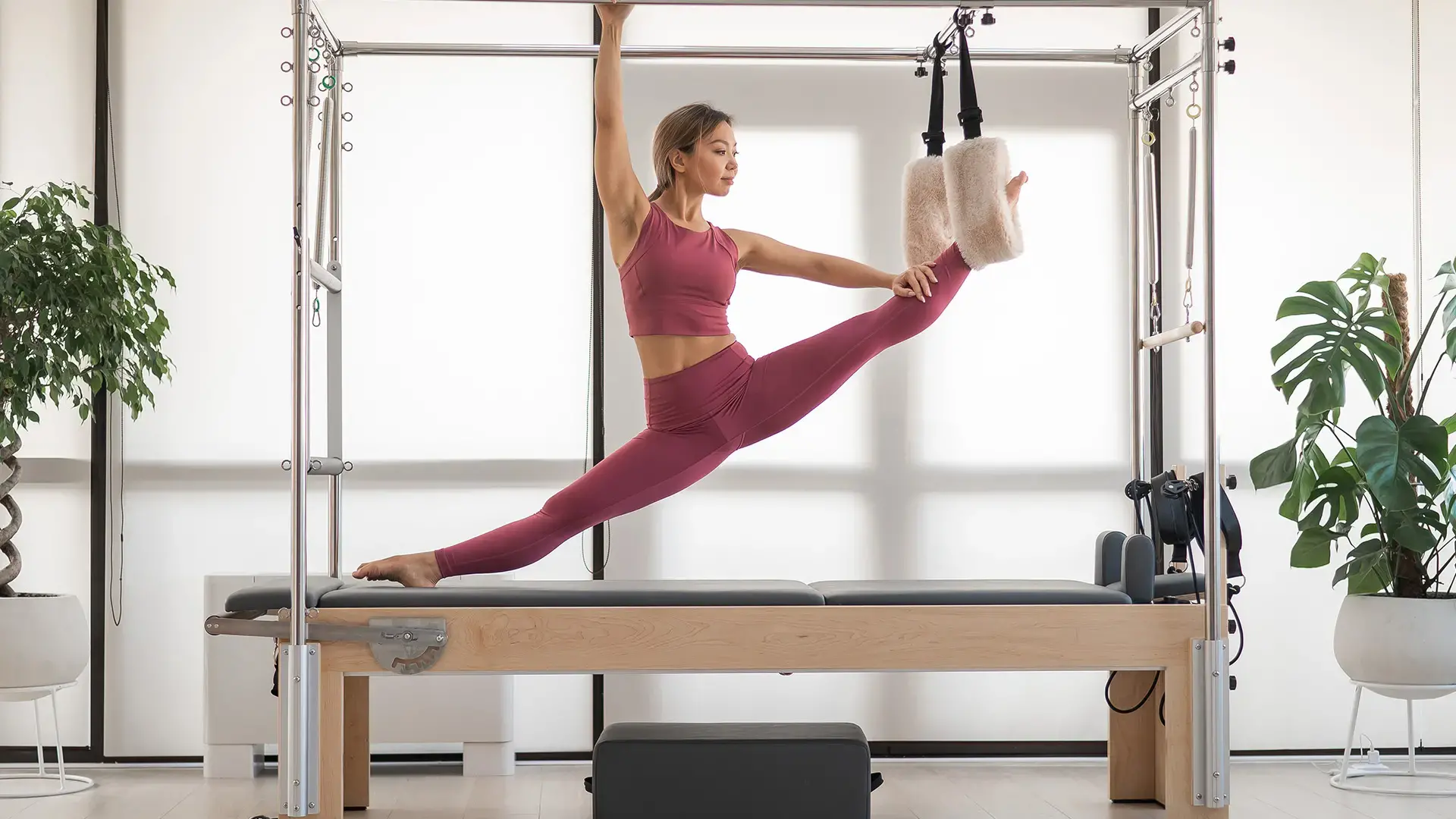Short answer, no. People tend to think Pilates and yoga are one and the same or that Pilates is just another type of yoga. While Pilates is inspired by yoga, the key difference is the intention for the movements.
Yoga aims to promote a deeper connection between the body and the mind through flow of movement while Pilates focuses on control of movement and building muscular endurance— hence its original name, “Contrology.” As the years went by, it came to be known as Pilates, after its creator, physical trainer Joseph Pilates.







